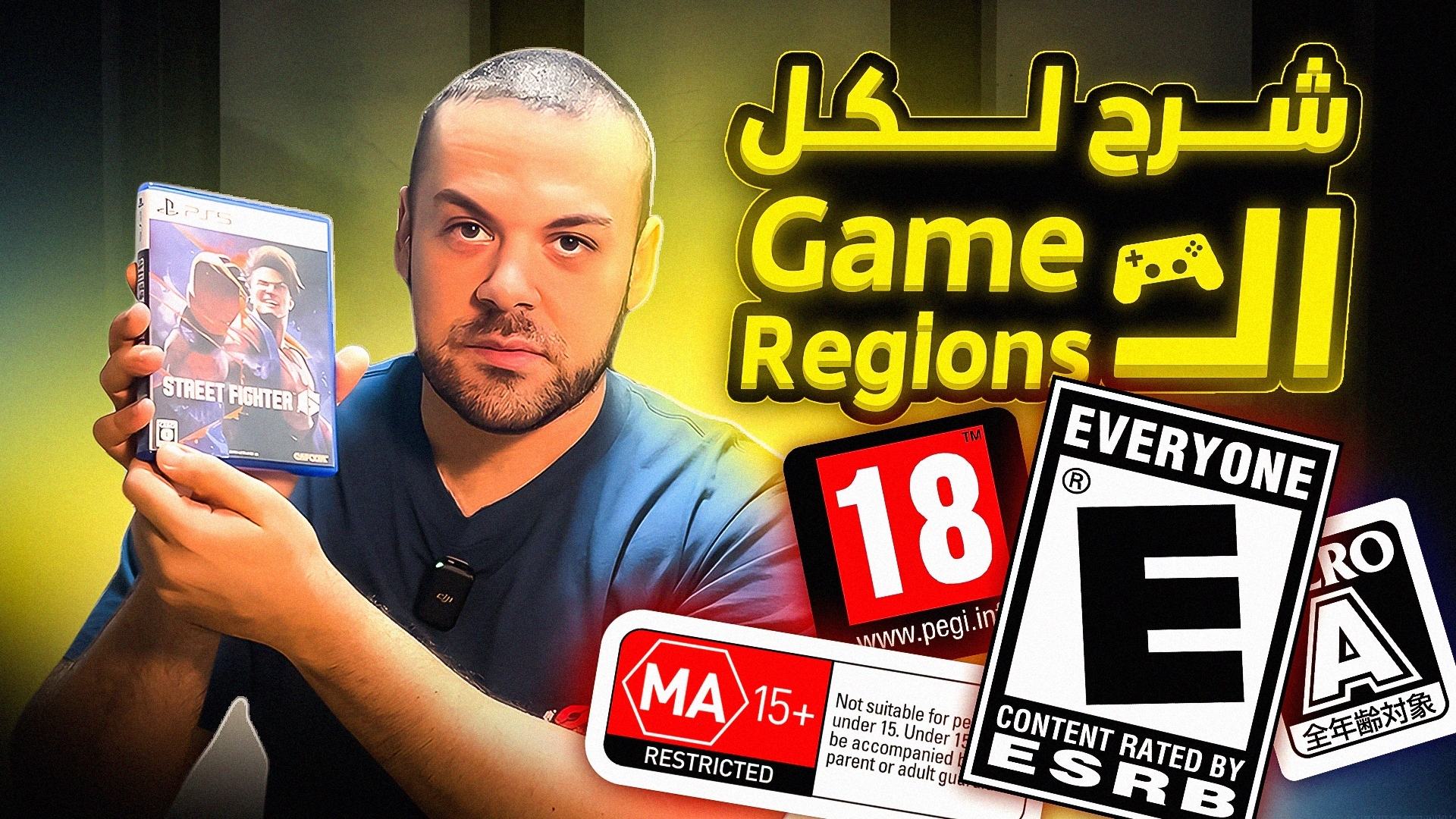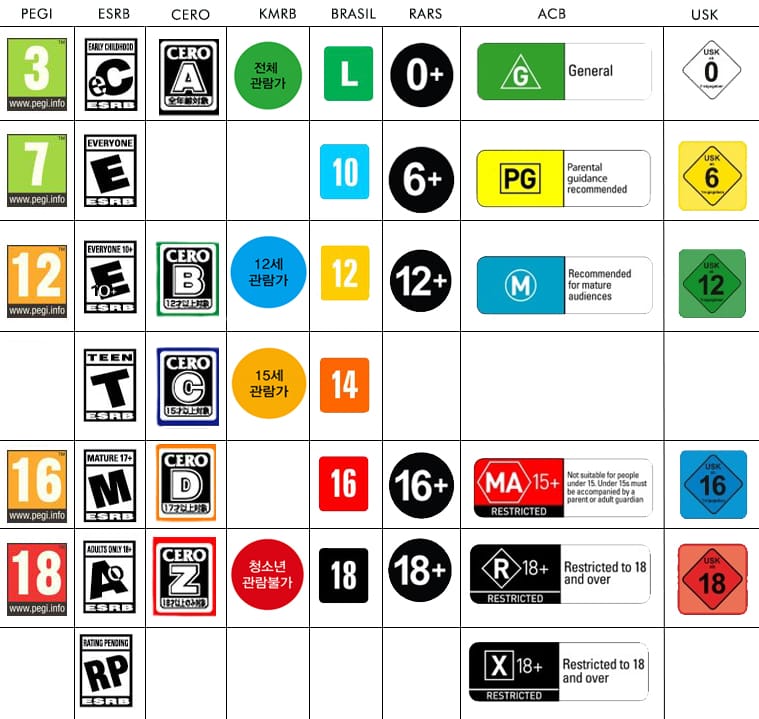Table of Contents
If you’re a gamer, you’ve probably come across the terms “game region” or “region-locked” while purchasing a new game. But what exactly does it mean? And how do game regions affect your gameplay, save files, and even access to downloadable content (DLC)? This blog will break down everything you need to know about game regions, focusing on differences between regions like the USA (NTSC), Japan, and Europe (PAL), and how they can impact your gaming experience.
What Are Game Regions?
In simple terms, game regions refer to the geographical areas for which a game is released. Most consoles divide the world into three major regions:
- NTSC-U (North America)
- NTSC-J (Japan)
- PAL (Europe, Australia, and other parts of the world)
Each region has slight variations in technical standards, like video output formats (NTSC vs. PAL), but it doesn’t stop there. These regions can also affect your ability to play games, save your progress, access online features, and even purchase additional content like DLC.
How Do Game Regions Affect Gameplay?
Some consoles and games are region-locked, meaning a game bought in one region may not work on a console from another region. For example, if you buy a game in the USA (NTSC-U) and try to play it on a Japanese console (NTSC-J), it might not run unless both the console and game are region-free. While modern consoles like the PlayStation 4, PlayStation 5, and Nintendo Switch are generally region-free for physical games, this was a common issue in older systems like the PlayStation 2 and Xbox 360.
Game Saves and Compatibility Issues
One thing that might surprise you is that save game files can be region-specific. If you start a game on an NTSC-U version (USA), and then try to continue your progress using a PAL version (Europe), your save file might not work. This happens because the game versions may have slight differences in code, causing incompatibility between save data.
For example:
- If you bought “Grand Theft Auto V” in the US and saved your progress, you might not be able to use that save file if you later buy a European version of the game.
- The same issue could arise if you buy a Japanese version of the game and expect to load your save file from an American version.
It’s important to keep this in mind when you are importing games from other regions or switching between regions for any reason.
How Regions Affect Access to Online Stores and DLC
Another critical area where game regions come into play is in accessing digital content like downloadable content (DLC), updates, and online stores. Let’s say you bought a game in Japan and you’re playing it on your Japan-based console. If you want to buy DLC, you would need to access the Japanese PlayStation Store or Nintendo eShop. The issue here is that your credit card from another region might not work, or you may encounter language barriers.
Example scenario:
- You buy an NTSC-J (Japanese) version of a game and later decide to purchase DLC or additional content for it. You would need to access the Japanese online store, but here’s the catch — only the Japanese store has the DLC that is compatible with your version of the game. If you try to purchase DLC from the US store, it may not work with your Japanese version of the game, causing frustration and wasted money.
How to overcome this:
To avoid this issue, you might need to create separate accounts for each region to download region-specific DLC or access regional stores.
Store Access for Digital Games and DLC
The PlayStation Store, Nintendo eShop, and Xbox Store all operate based on the region your account is set to. If your account is registered in the US, you’ll only be able to access the US store by default. This is especially important when dealing with DLC and digital-only games. The region-lock isn’t just on the disc or cartridge anymore; it can extend to your online purchases as well.
For example:
- If you buy the Japanese version of “Super Smash Bros.”, the DLC packs from the US eShop won’t work with your Japanese version of the game. You’ll need to download the DLC from the Japanese eShop for full compatibility.
Workarounds and Solutions
There are a few ways to get around these region-specific issues:
- Create Multiple Accounts: Many gamers create different user accounts on their console, each linked to a different region. This allows them to switch between regions for accessing the respective stores. For example, you could create a Japanese PlayStation Store account if you want to download Japanese DLC for a game you purchased in Japan.
- Region-Free Consoles: As mentioned, newer consoles like the PlayStation 4, PlayStation 5, and Nintendo Switch are mostly region-free when it comes to physical games, but DLC and online stores can still pose problems. A region-free console gives you flexibility, but only up to a certain point. You’ll still need to manage region-locked content carefully.
- Buy Region-Free Games: To avoid these problems, look for region-free games that work across different regions and don’t come with restrictions. Many modern games are region-free, meaning you can play them on any console, regardless of where you bought it. Just be cautious with older titles and consoles, where region-locking is more common.
Conclusion
While it may seem like a hassle, understanding game regions can save you a lot of frustration. Always check the region compatibility of your console and game before making a purchase, especially when buying from different regions. Keep in mind that save files, DLC, and online store access can all be affected by game regions. With some careful planning—like setting up multiple accounts for different regions or buying region-free games—you can ensure a smooth gaming experience, no matter where you are in the world.
If you’ve ever encountered issues with game regions, let me know in the comments! I’d love to hear your experiences and any solutions you’ve found helpful.
Follow Shafy School and Shafy Music:
Shafy School:
- YouTube: Shafy School
- Instagram: Shafy School Instagram
- Threads: Shafy School Threads
- Pinterest: Shafy School Pinterest
- Facebook: Shafy School Facebook
Shafy Music:
- Apple Music: Shafy Music
- Spotify: Shafy Music on Spotify
- Amazon Music: Shafy Music on Amazon
- Audiomack: Shafy Music on Audiomack
- SoundCloud: Shafy Music on SoundCloud
- TuneCore: Shafy Music TuneCore
- YouTube: Shafy Music YouTube
- TikTok: Shafy Music TikTok
- Instagram: Shafy Music Instagram
- Facebook: Shafy Music Facebook





